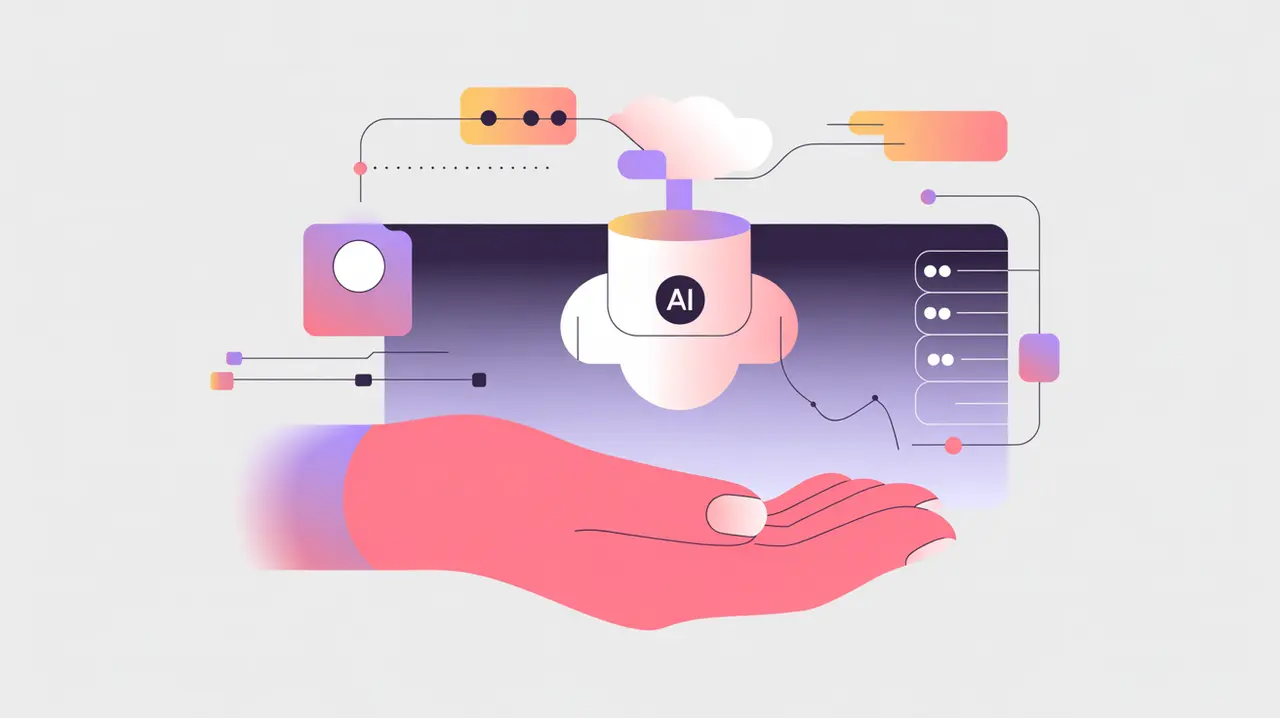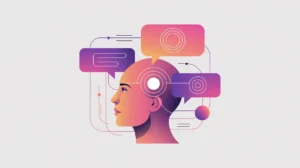Importance of Human Oversight and Decision Rights
Human Oversight and Decision Rights refer to the governance principle that AI systems should not replace human judgment in high-stakes contexts, but rather support it. Oversight ensures that people remain in control of critical decisions, while decision rights clarify which roles and responsibilities humans retain versus those delegated to machines. Their importance today lies in the growing autonomy of AI systems, which risks eroding accountability if human involvement is not clearly defined.
For social innovation and international development, human oversight and decision rights matter because mission-driven organizations work with communities whose rights, safety, and dignity must not be compromised by automated systems. Clear oversight helps maintain trust and prevent harm.
Definition and Key Features
Oversight can take many forms: “human-in-the-loop” (active intervention during AI use), “human-on-the-loop” (monitoring and ability to intervene), or “human-out-of-the-loop” (little or no involvement). Decision rights frameworks clarify when humans must review, approve, or override AI outputs, especially in sensitive domains such as health, education, and justice.
This is not the same as automation, which focuses on efficiency and speed, nor is it equivalent to generic accountability frameworks that do not specify decision boundaries. Human oversight and decision rights ensure responsibility remains with people, not machines.
How this Works in Practice
In practice, a health NGO might require that AI diagnostic outputs always be reviewed by a clinician before treatment decisions. An education platform may allow teachers to override automated grading recommendations. Humanitarian agencies could assign decision rights so that biometric identity verification is checked by staff, not left to automated systems alone.
Challenges include “automation bias,” where humans overly trust AI outputs, or “responsibility gaps,” where accountability becomes unclear in hybrid decision-making systems. Training, culture, and clear protocols are essential to make oversight effective rather than symbolic.
Implications for Social Innovators
Human oversight and decision rights are critical across mission-driven work. Health programs safeguard patient safety by ensuring clinicians validate AI-assisted diagnoses. Education initiatives preserve fairness by allowing teachers to interpret and adapt algorithmic insights. Humanitarian agencies ensure that aid eligibility decisions are reviewed by staff, not solely determined by algorithms. Civil society groups often campaign for oversight mechanisms as a safeguard against unchecked automation.
By embedding human oversight and decision rights, organizations ensure accountability, uphold dignity, and maintain trust as AI becomes integrated into social impact work.







